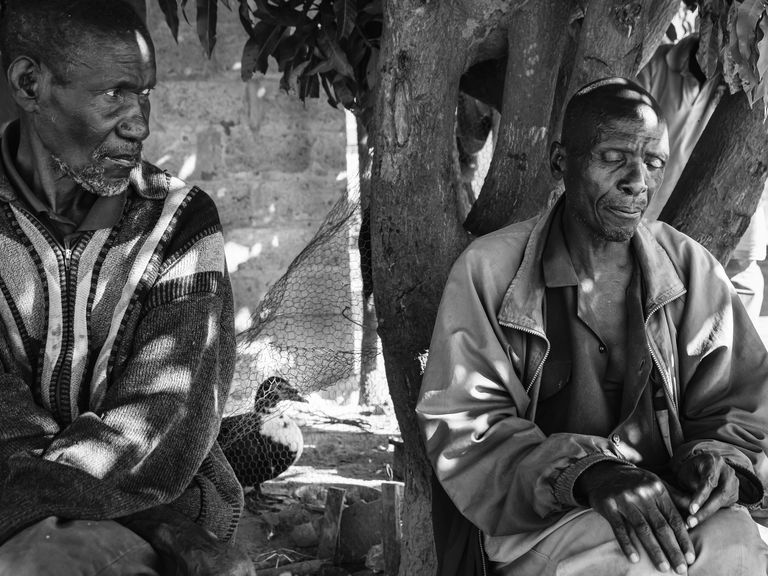Project Detail: Toxic Soil
Contest:
Reportage and Documentary 2022
Brand:
LuganoPhotoDays
Author:
David Verberckt
Status:
Selected
Project Info
Toxic Soil
Kabwe, a town in Central Zambia, a world hotspot in terms of lead poisoning through soil contamination
Kabwe, a mining city in central Zambia of 300,000 habitants, has a century old history of lead and zinc mining and smelting. From 1925 to 1974 exploited by Anglo American Mining Industry and after the country's independence by the Zambian State until the main mine's closure in 1994. Kabwe is nowadays one of the most soil polluted places on earth with residual toxic particles in the ground. While in operation there no pollution laws regulating emission from the mine and smelting plants. The fumes containing life-treathening levels lead particles fell and sunk slowly into the soil in and around the city where large communities are living. Furthermore at the time of partial closure in 1994 there was no clean up and soil decontamination process. Analysis carried out with support of the World Bank has shown that lead pollution in Kabwe is still extremely high and not enough has been done in remediating the situation in the most affected communities. The amount of lead particles in the soil is estimated to be at least 10 times above internationally approved safety limits and even higher in hotspots like the Kasanda neighbourhood where miners live beside the mining complex.The vast majority of children have levels of lead in their blood well above the safety limits, and causes brain, liver and hearing damage among other, in extreme cases death is the likely outcome. Children in young age are particular vulnerable as they have the tendency to swallow the most when playing outside and frequently put their hands to their mouth. Nearly 75% of children in Kabwe would need medical treatment to remove metals and minerals from their body. Over 100,000 children and women in child-bearing age could have been exposed to severe lead poisening. High unemployment in the Kabwe, pushes people to resort to scavenging or small scale artisanal mining for lead or zinc and as such continues the expansion of polluted areas and soil degradation. Children playing in Kasanda Mine neighbourhood, one of the most contaminated areas in Kabwe. The soil in and around the city of Kabwe contains life-threatening levels of soil particles containing lead. The amount is estimated to be 10 times above WHO safety limits and even much higher in hotspots. Children are particulary vulnerable as they have the tendency to swallow the most when playing outside in a dusty environment.

















